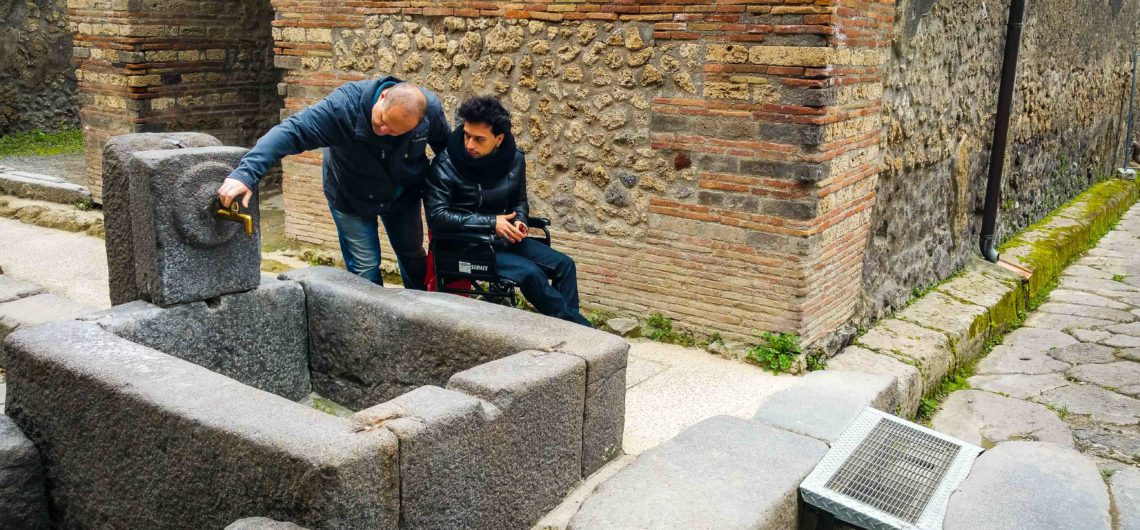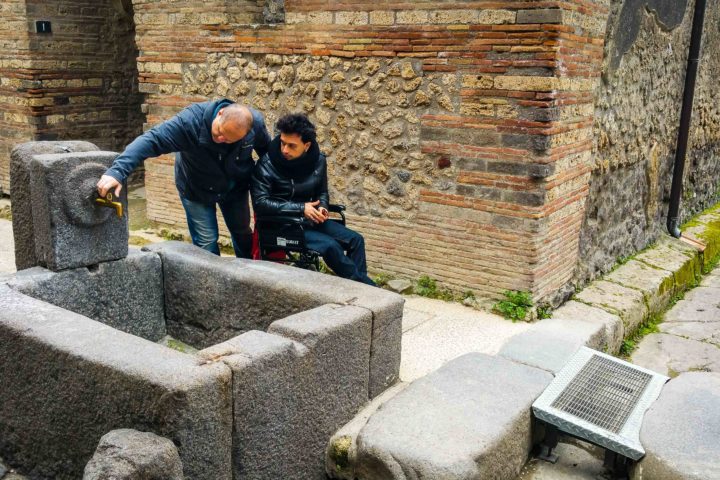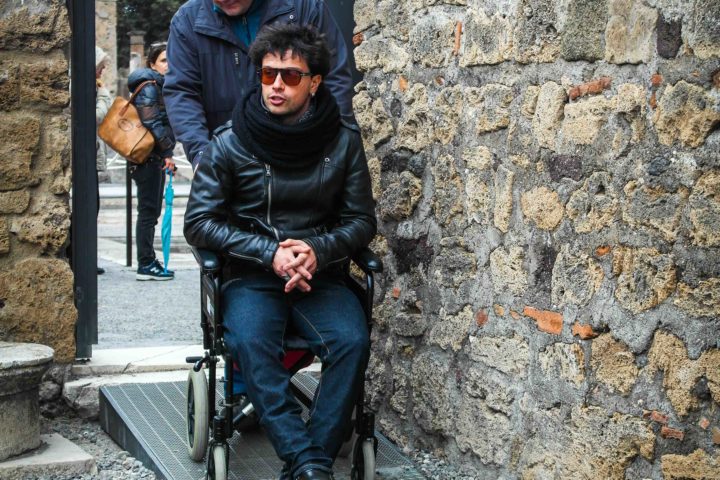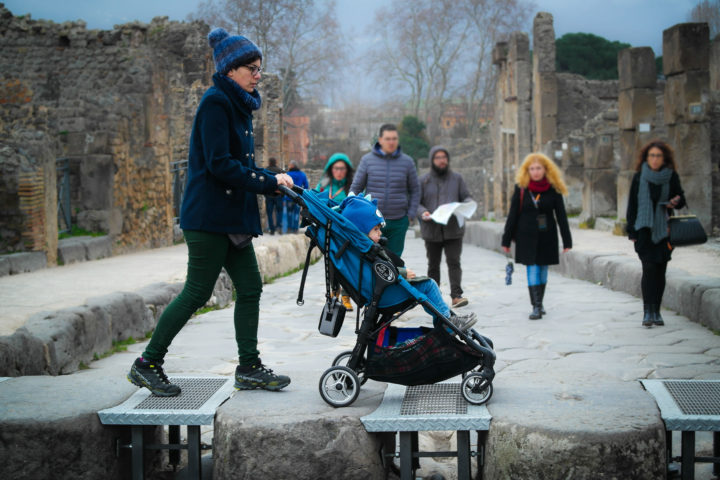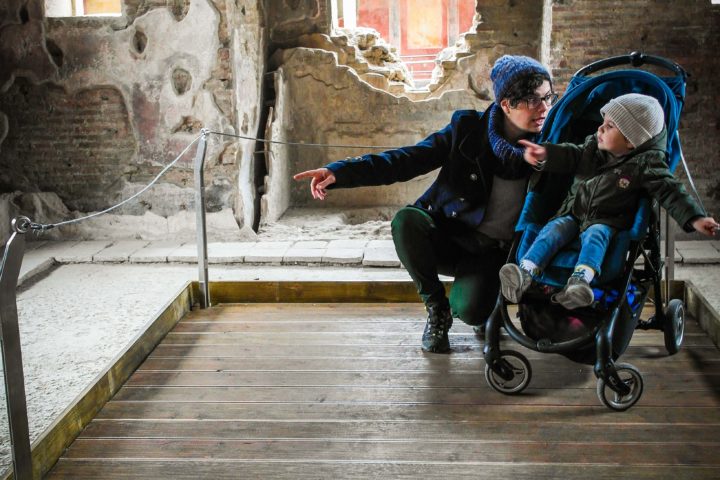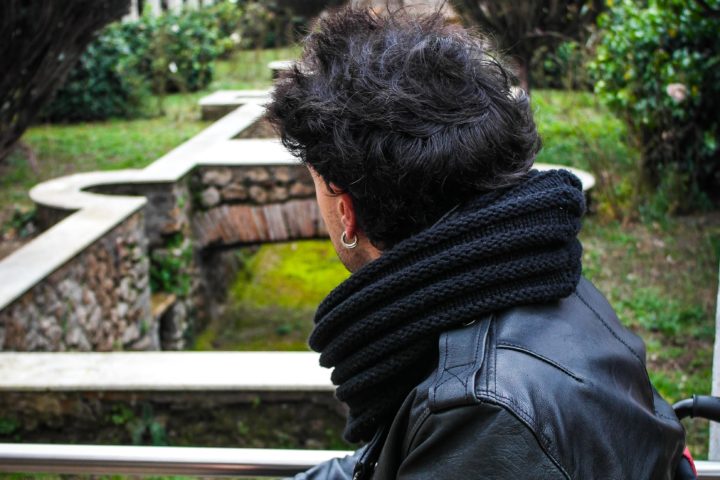The project “Pompeii for all. Accessibility paths overcoming architectural barriers” can be considered Italy’s longest barrier-free path and it represents another step forward in the rebirth of Pompeii Archaeological Site. It makes finally possible to all visitors with disabilities to access the archaeological area in order to appreciate this unique World Heritage Site. From the main entrance of Piazza Anfiteatro to Porta Marina exit disabled persons, partially-sighted people, family with strollers or pushchairs and wheelchair users will be able to explore through a specific path some of the most important areas of town with its outstanding buildings.
The itinerary, part of the Grande Progetto Pompei, has been indeed designed to comply with any special needs of people with reduced mobility: in order to best fulfill technical requirements and meet the special needs of different users a team of archaeologists, engineers and architects has indeed developed accessible path surfaces and facilities to ensure safe and comfortable access to the archaeological area to all visitors (even wheelchair users) in full compliance with Pompeii preservation and restoration requirements.
During the inauguration of the itinerary the general manager of the project Luigi Curatoli has proclaimed that “Today all tourists, even those with reduced mobility, partially sighted, or simply those who have a baby stroller to push, can enter and easily walk through the streets of the ancient Pompeii and visit its most beautiful houses”.
All along the path of “Pompeii for all ”, about 3 kilometers, have indeed been placed smooth accessible routes, fiberglass and concrete pavements, ramps and elevators in order to overcome architectural barriers and facilitate access to key buildings and different areas of the ruins in perfect harmony and integration with the unique environment through the employment of innovative materials and removable structures.
According to European Commissioner for Regional Politics Corina Cretu, who visited the archaeological site in February, “The Great Pompeii Project is an example to follow, you can be proud of it […] it represents a good example of the importance of cultural heritage for the development of Italian southern regions”.
Moreover together with this accessible itinerary for disabled persons has been provided for a new conservation project that includes the restoration of 12 fountains along the path in cooperation with the Opificio delle Pietre Dure of Florence.
Are you interested in a guided tour along the path of “Pompeii for all” ? Check our Accessible Pompeii tour.
